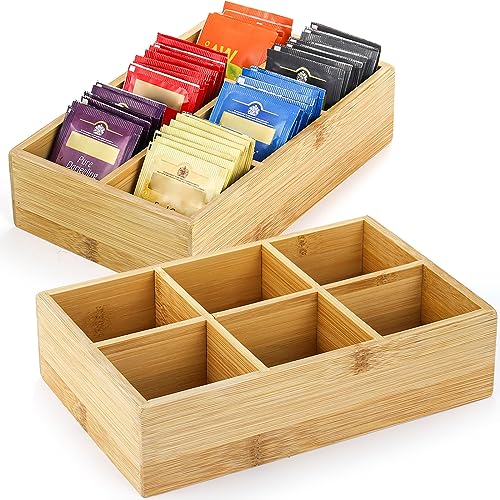Introduction
A tea chest is a box used for storing and transporting tea leaves. It is typically made of wood and has a hinged lid. Many tea enthusiasts wonder how long a tea chest can last before it starts to deteriorate or lose its aroma. The lifespan of a tea chest depends on various factors, including the quality of the wood used, the conditions in which it is stored, and how it is handled. In this article, we will explore the factors that influence the longevity of a tea chest and provide some tips on how to extend its lifespan.
Factors that affect the lifespan of a tea chest
There are several factors that can affect how long a tea chest lasts. The first factor is the quality of the wood used to make the chest. Tea chests made from high-quality hardwood, such as mahogany or oak, tend to be more durable and long-lasting compared to those made from softer woods like pine or plywood. Hardwood is less prone to warping, cracking, or splitting, which can happen when exposed to moisture or changes in temperature.
Another factor that affects the lifespan of a tea chest is the conditions in which it is stored. Tea chests should be kept in a cool, dry place away from direct sunlight and excessive humidity. Exposure to moisture can cause the wood to swell or rot, leading to damage and a shorter lifespan. Similarly, exposure to sunlight can fade the color of the wood and make it more prone to cracking or splitting.
How the tea chest is handled and cared for also plays a role in its longevity. Tea chests should be handled with care to avoid dropping or banging them against hard surfaces. Rough handling can cause the wood to chip or crack, reducing the overall lifespan of the chest. Additionally, regular cleaning and maintenance can help extend the lifespan of a tea chest. Wiping the chest with a damp cloth and periodically oiling the wood can help prevent drying or splitting.
The type of tea stored in the chest can also influence its lifespan. Certain teas, such as pu-erh and oolong, benefit from aging and can develop more complex flavors over time. However, other types of tea, such as green tea, are more delicate and can lose their freshness and flavor if stored for too long. Therefore, it is important to consider the type of tea you plan to store in the chest and how long you intend to keep it before purchasing a tea chest.
Lastly, the craftsmanship and build quality of the tea chest itself can affect its lifespan. Tea chests that are well-made with strong joinery and hinges are more likely to last longer compared to those with inferior construction. It is worth investing in a tea chest that is built to last, even if it means spending a bit more upfront.
Tips to extend the lifespan of a tea chest
If you want to prolong the life of your tea chest, here are some tips to consider:
- Store the chest in a cool, dry place away from direct sunlight and excessive humidity.
- Handle the chest with care, avoiding dropping or banging it against hard surfaces.
- Clean the chest regularly by wiping it with a damp cloth and periodically oil the wood to prevent drying or splitting.
- Consider the type of tea you plan to store and how long you intend to keep it before purchasing a tea chest.
- Choose a well-made tea chest with strong joinery and hinges to ensure durability and longevity.
When to replace a tea chest
Despite proper care and maintenance, there may come a time when a tea chest needs to be replaced. Signs that a tea chest has reached the end of its lifespan include significant warping, cracking, or splitting of the wood, mold or mildew growth, an unpleasant odor, or a noticeable decrease in the freshness or flavor of the stored tea. If any of these signs are present, it may be time to invest in a new tea chest to ensure the quality of your tea remains intact.
Conclusion
The lifespan of a tea chest can vary depending on several factors, including the quality of the wood, storage conditions, handling, type of tea stored, and craftsmanship. By choosing a high-quality tea chest, following proper storage and maintenance practices, and recognizing when it is time for a replacement, you can extend the lifespan of your tea chest and enjoy fresh and flavorful tea for years to come.






